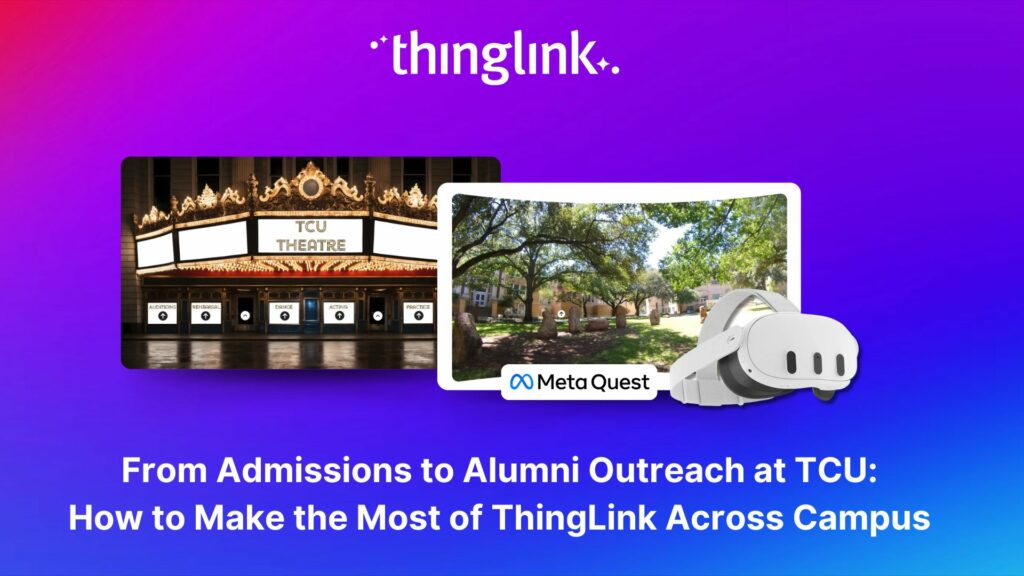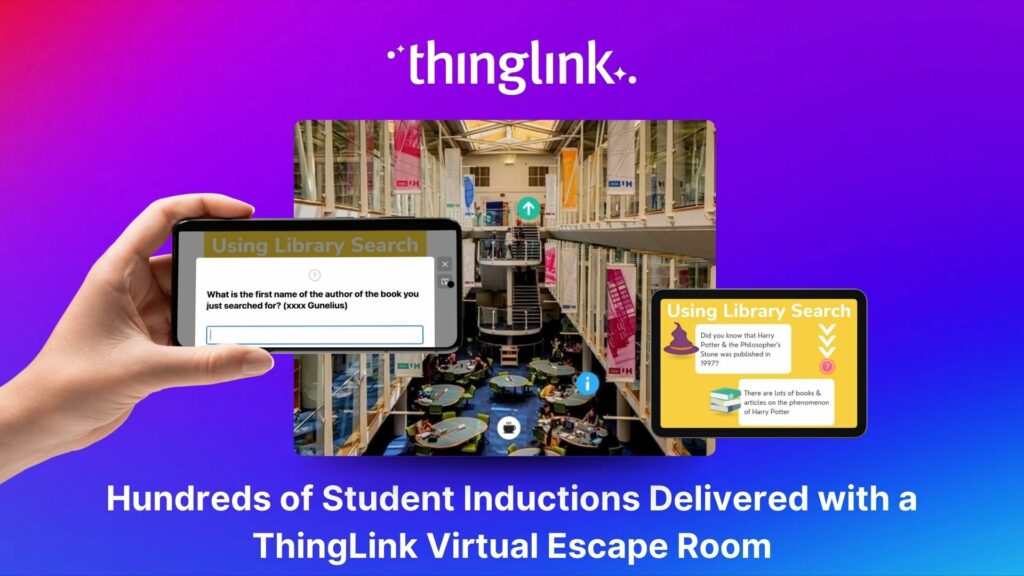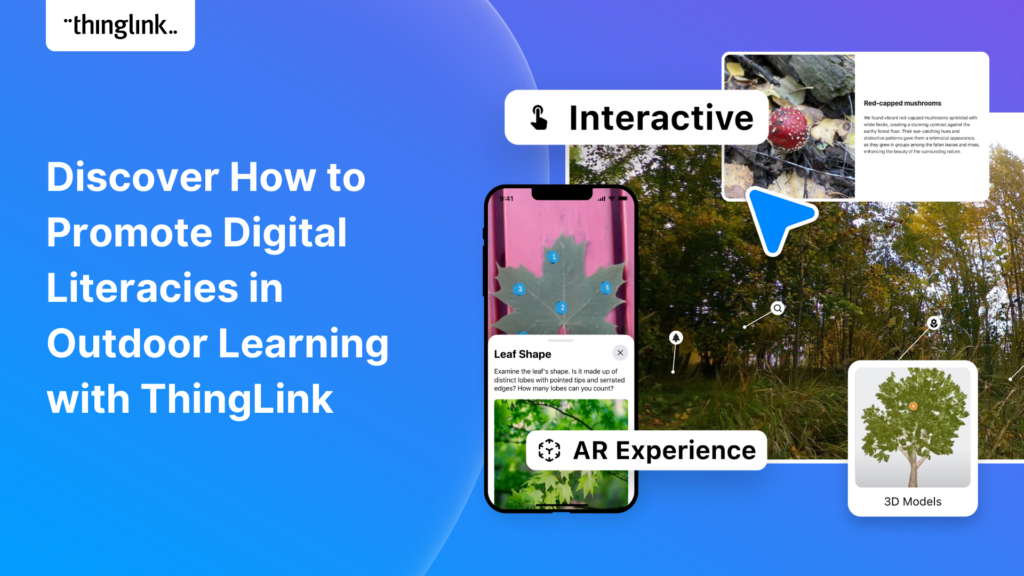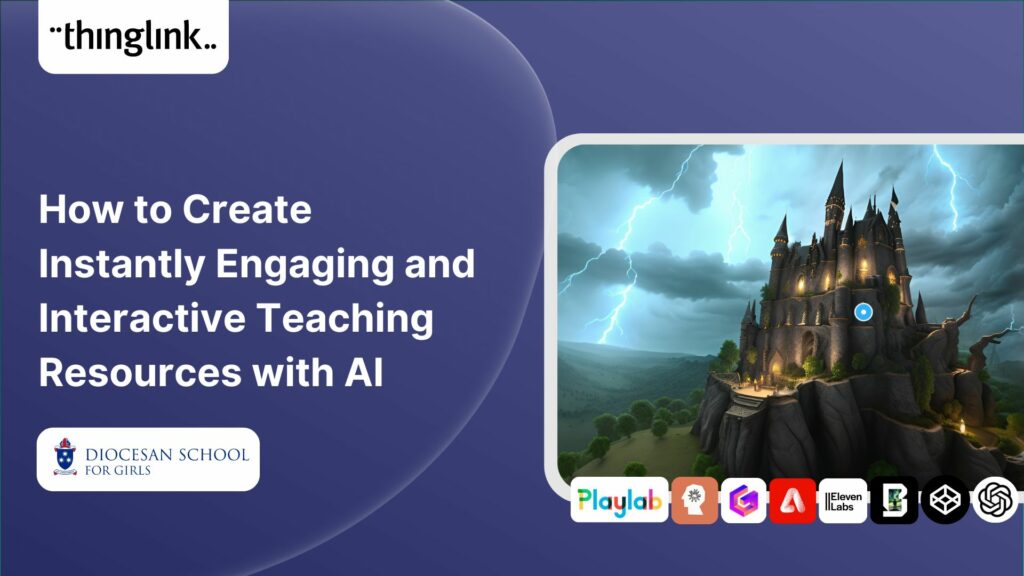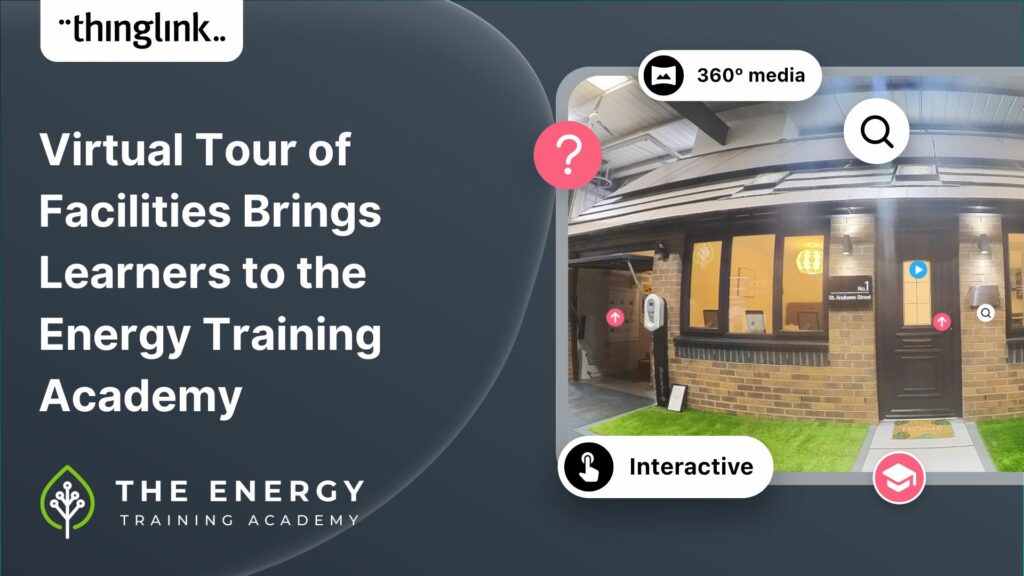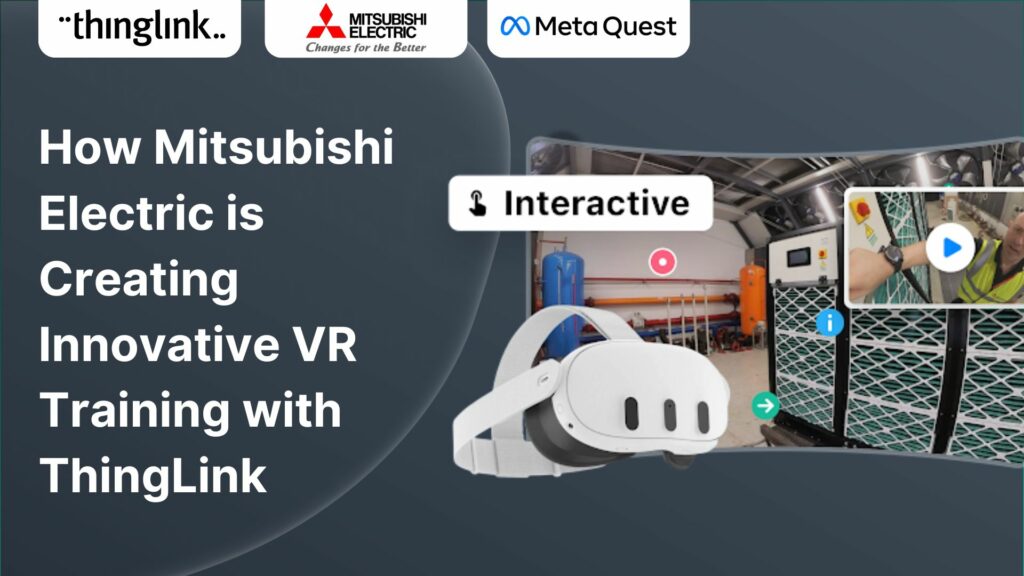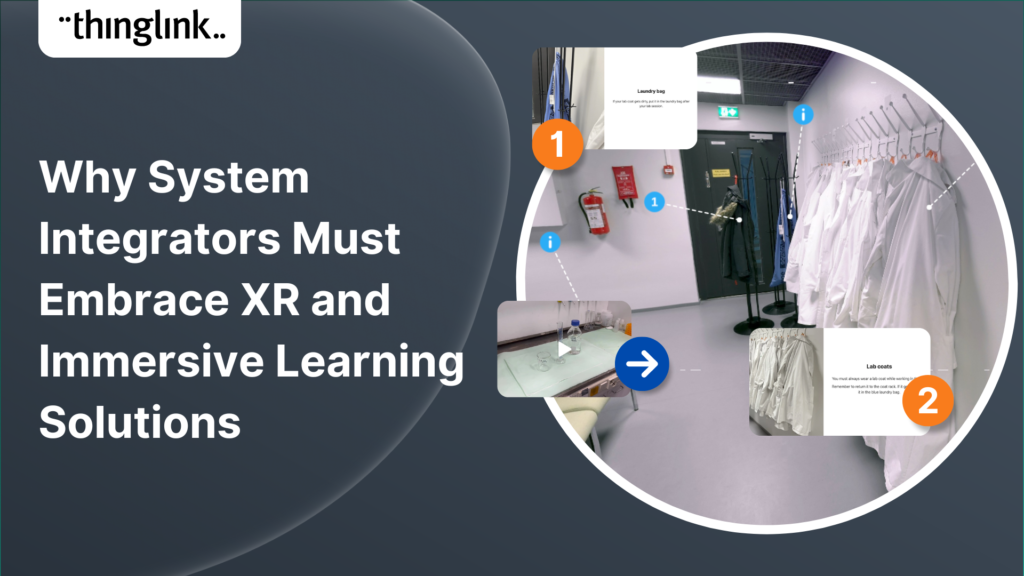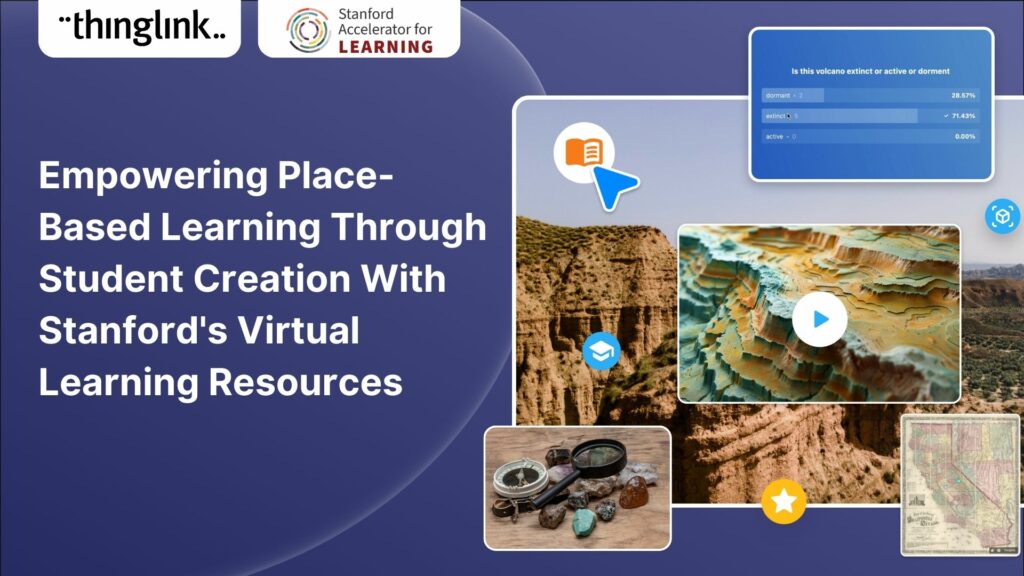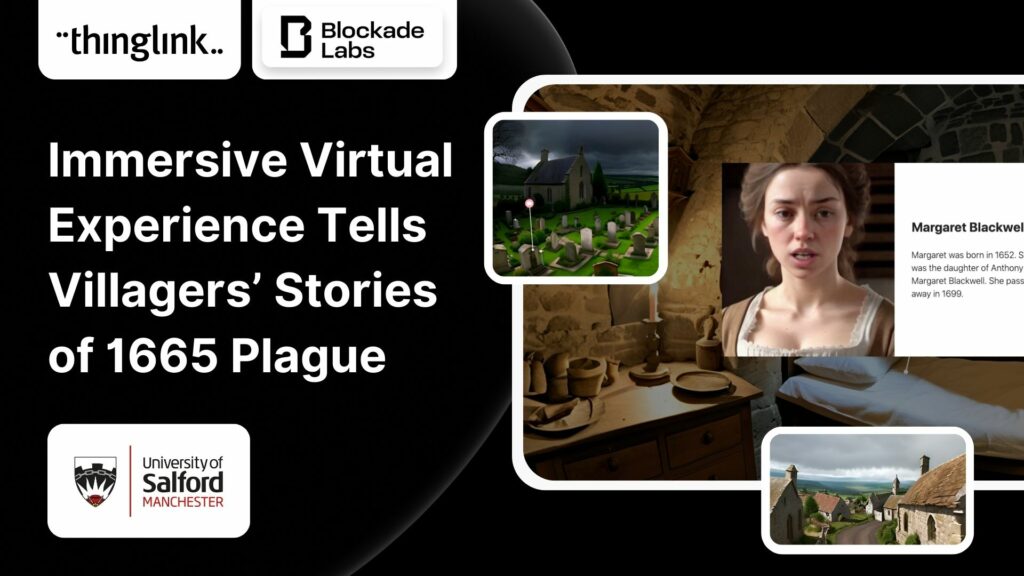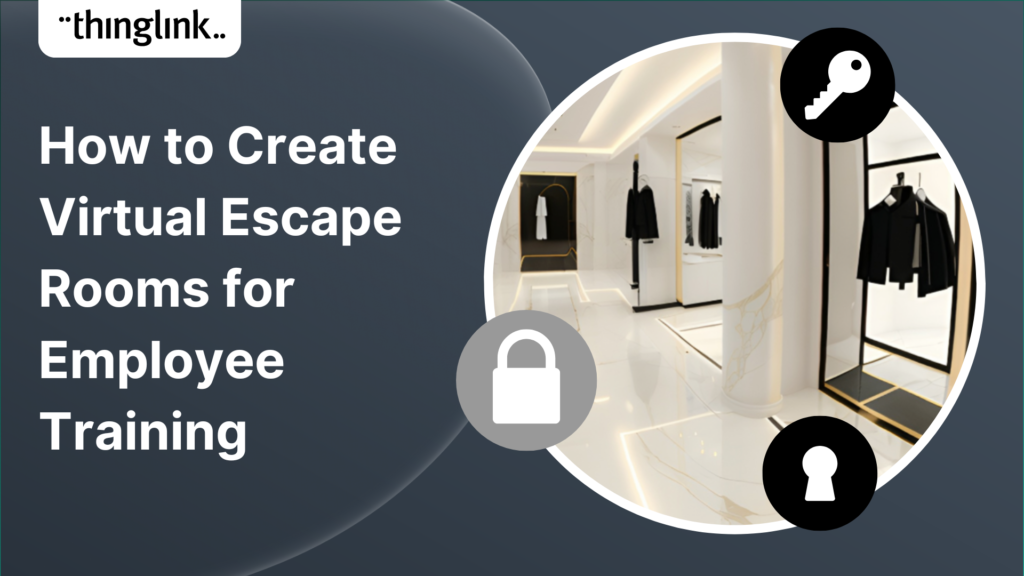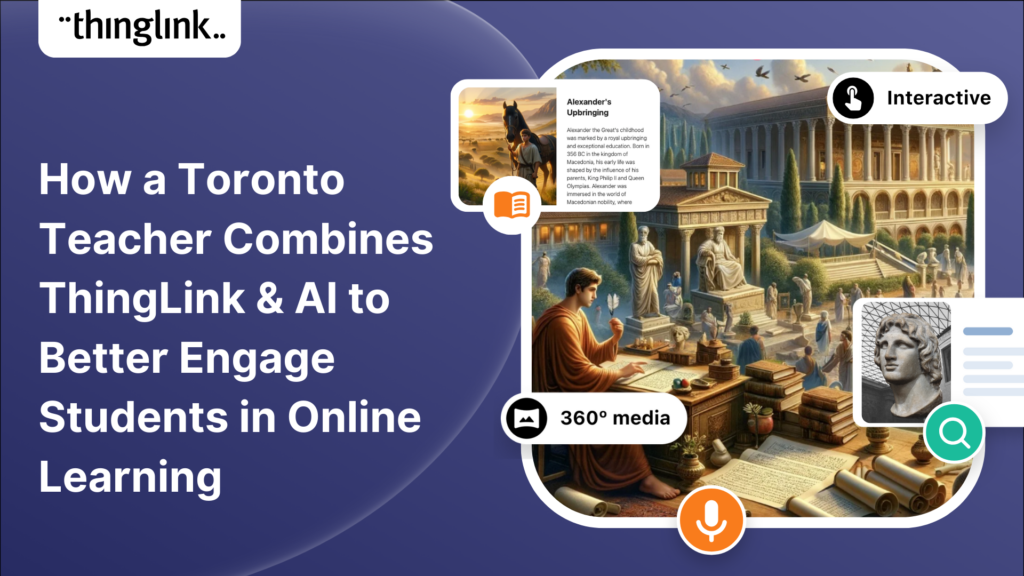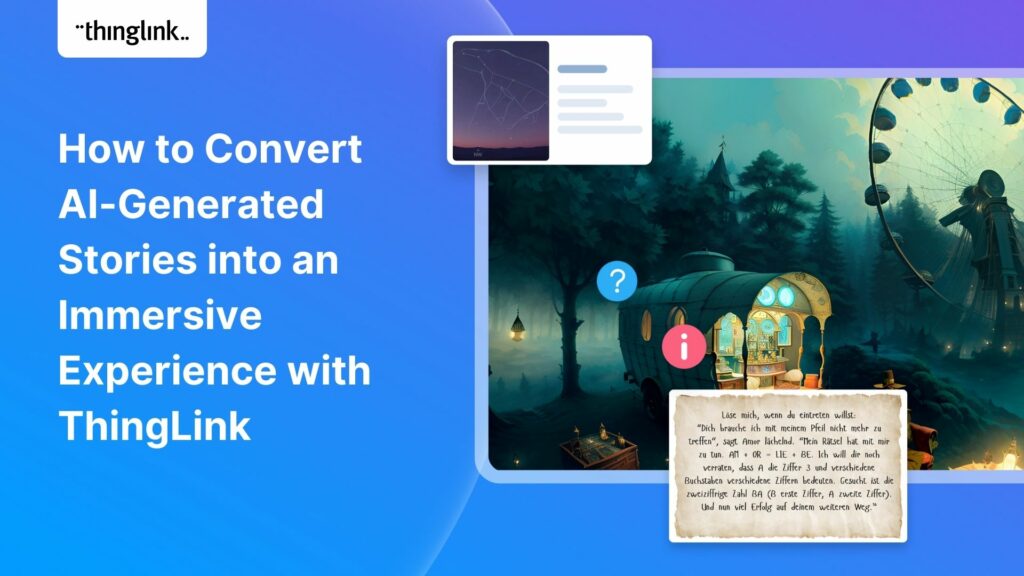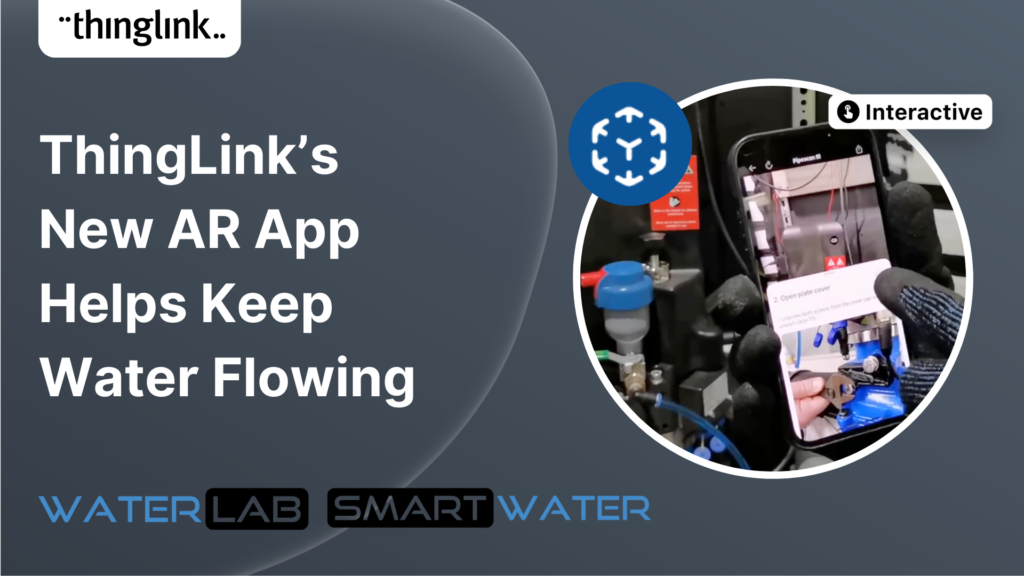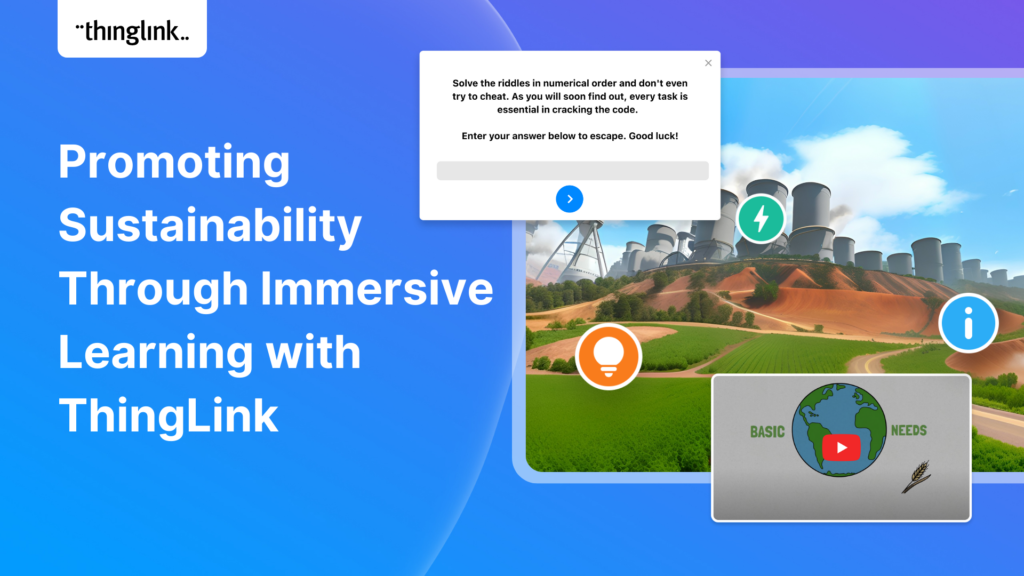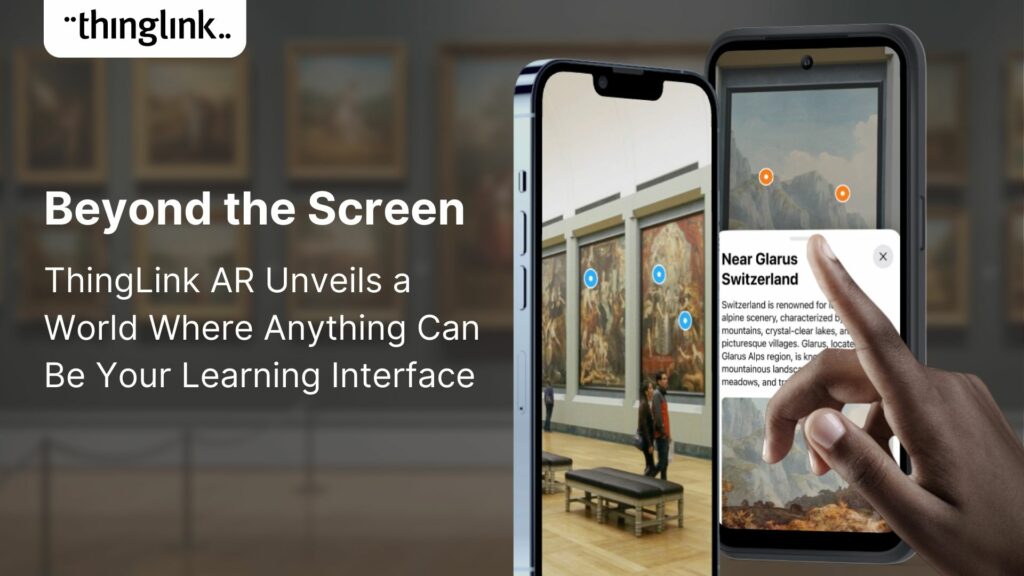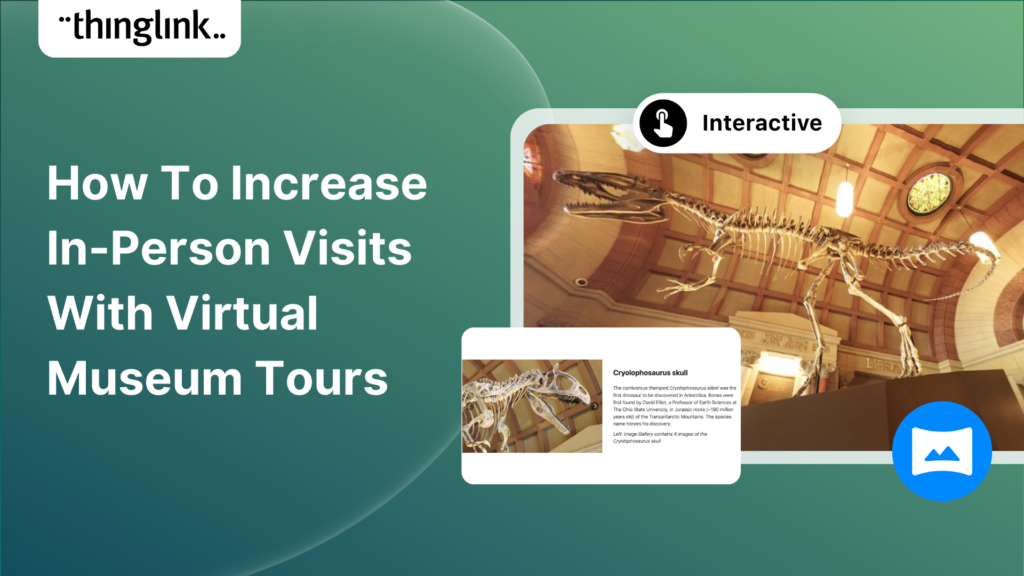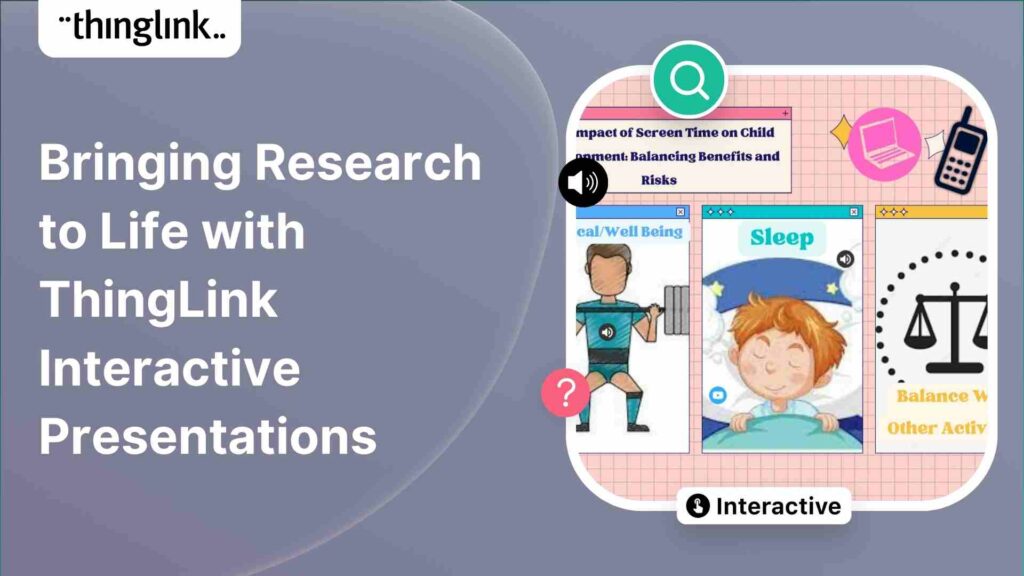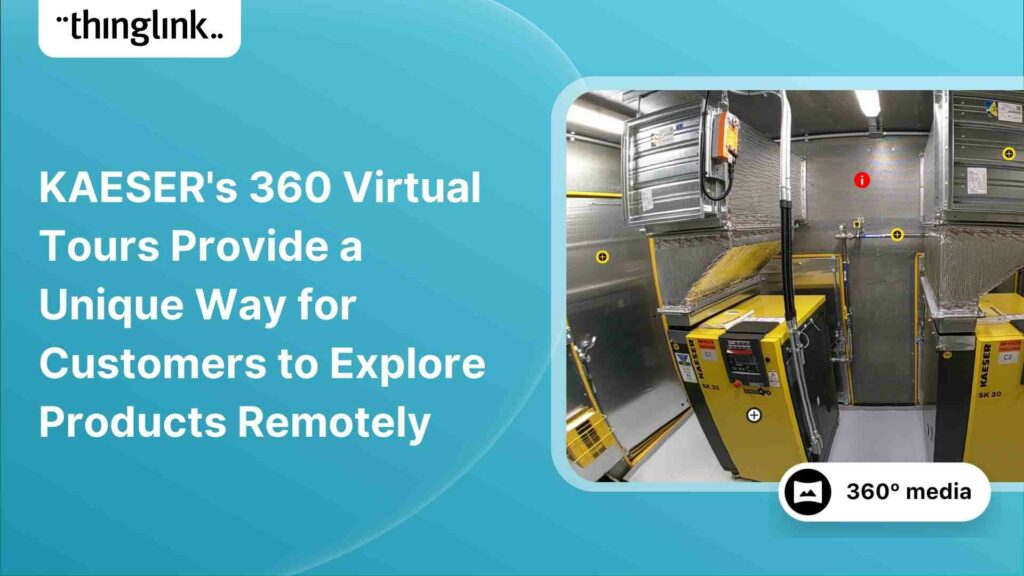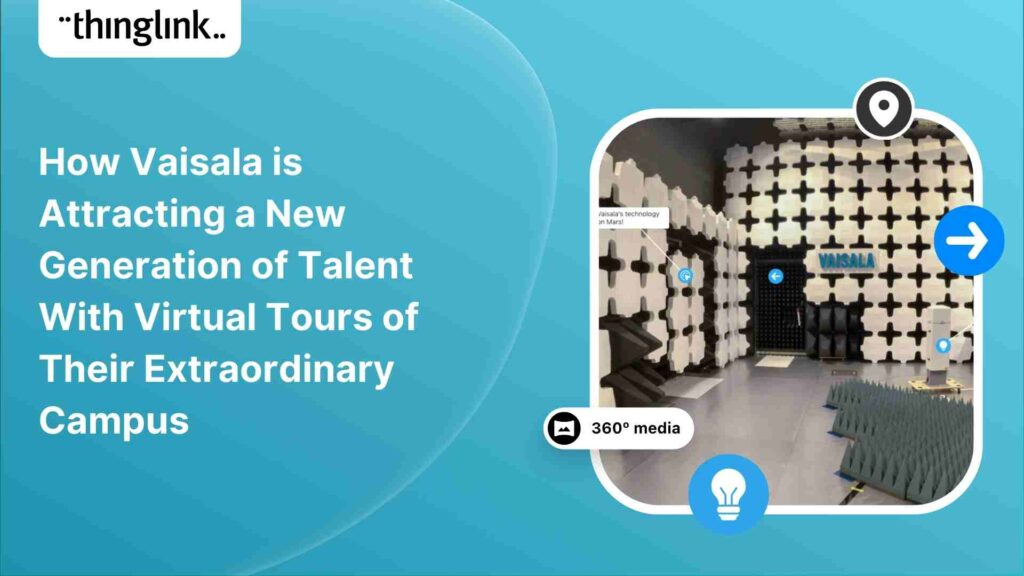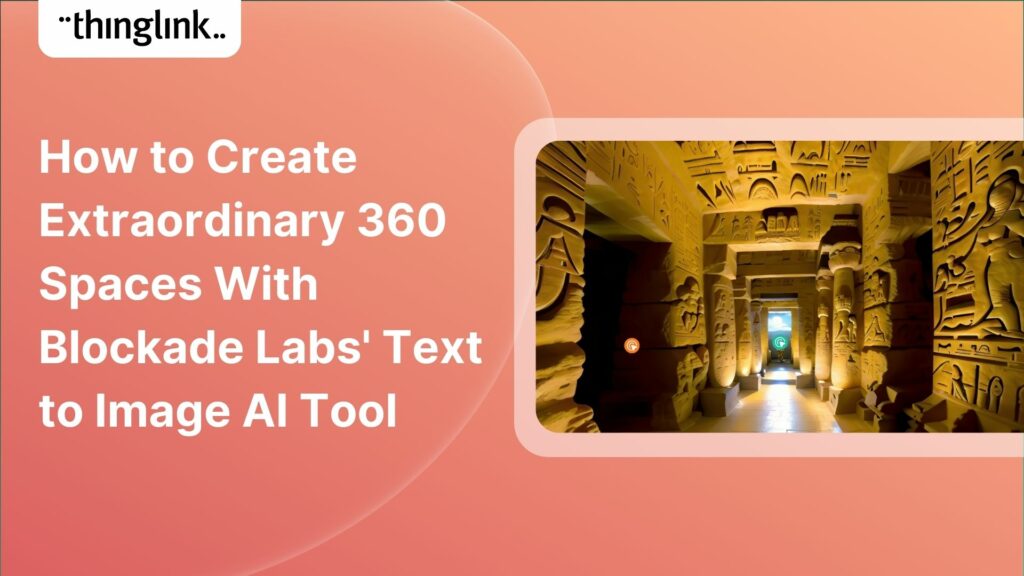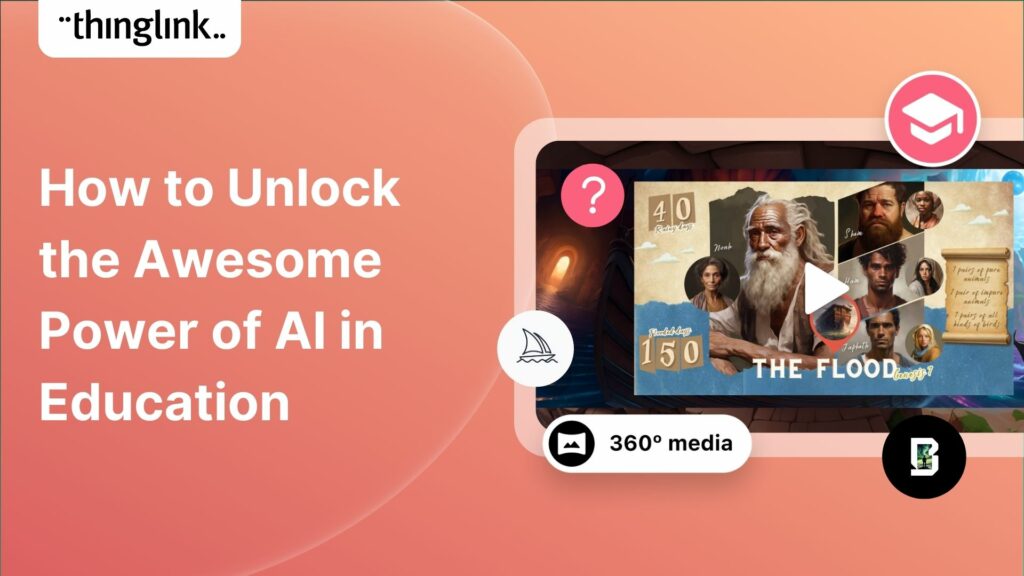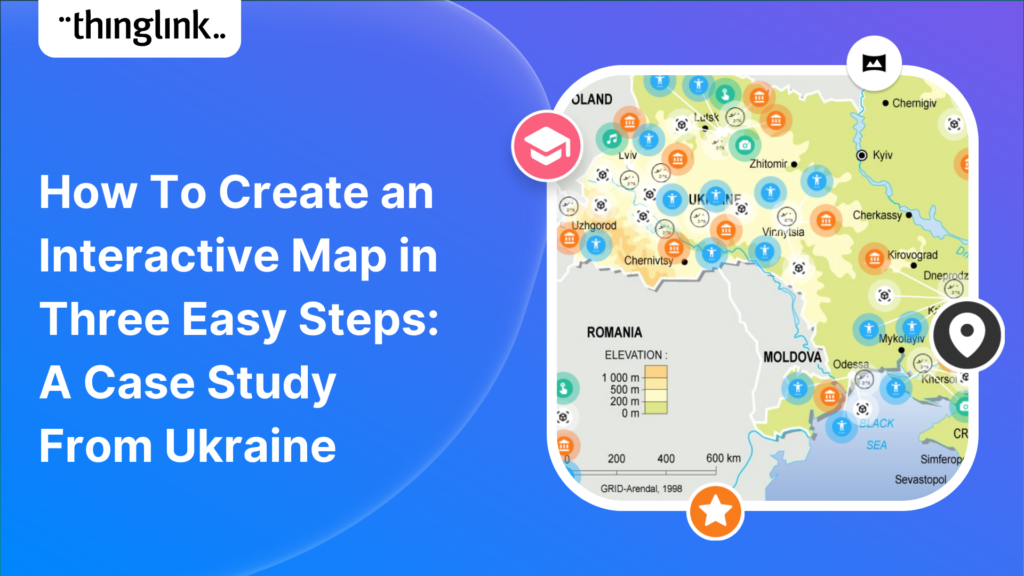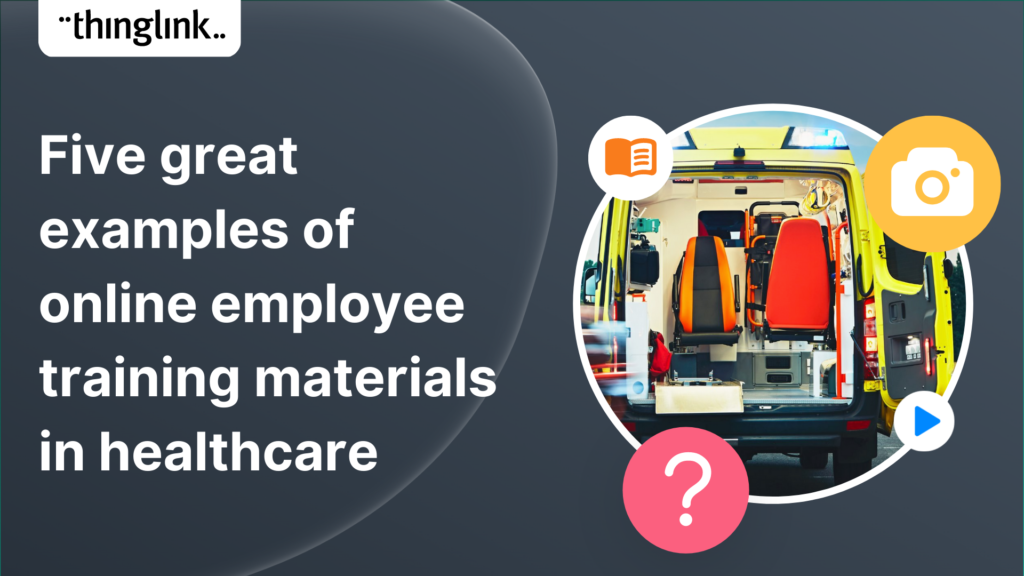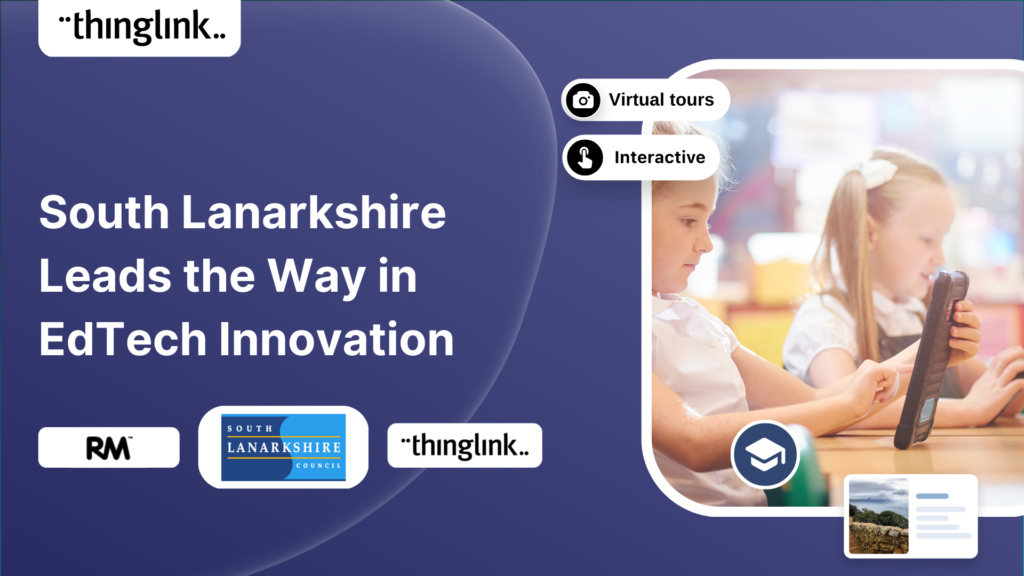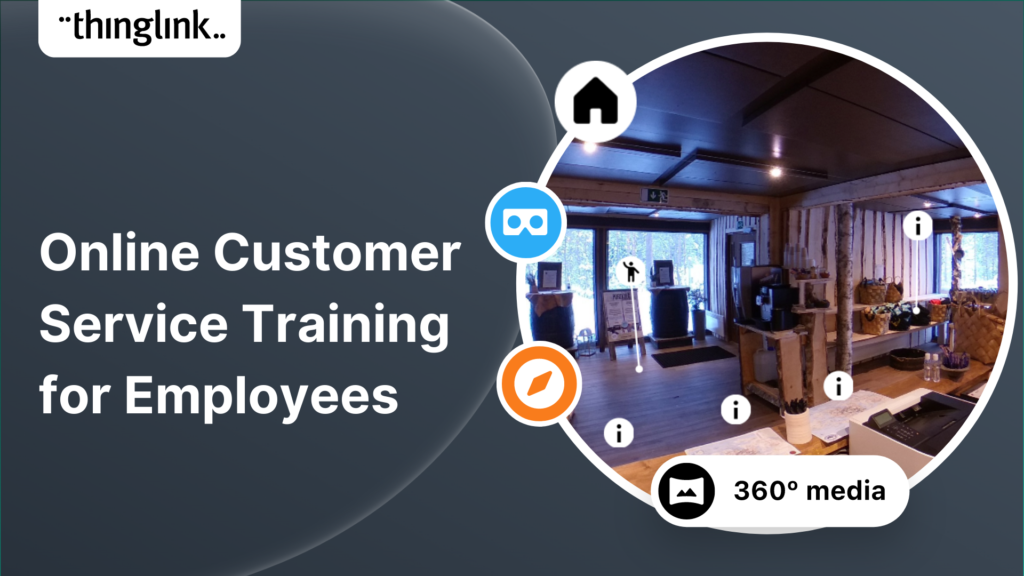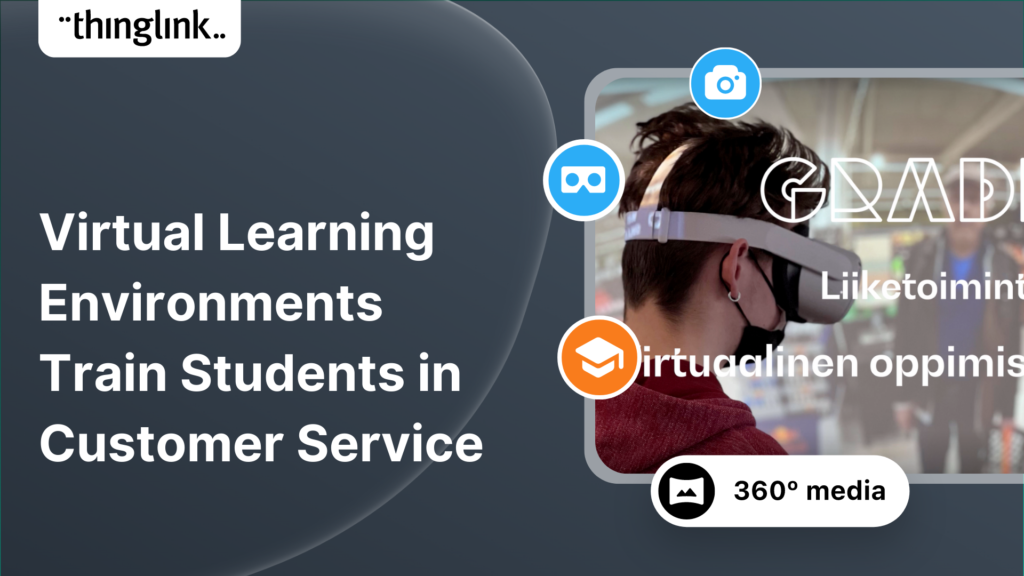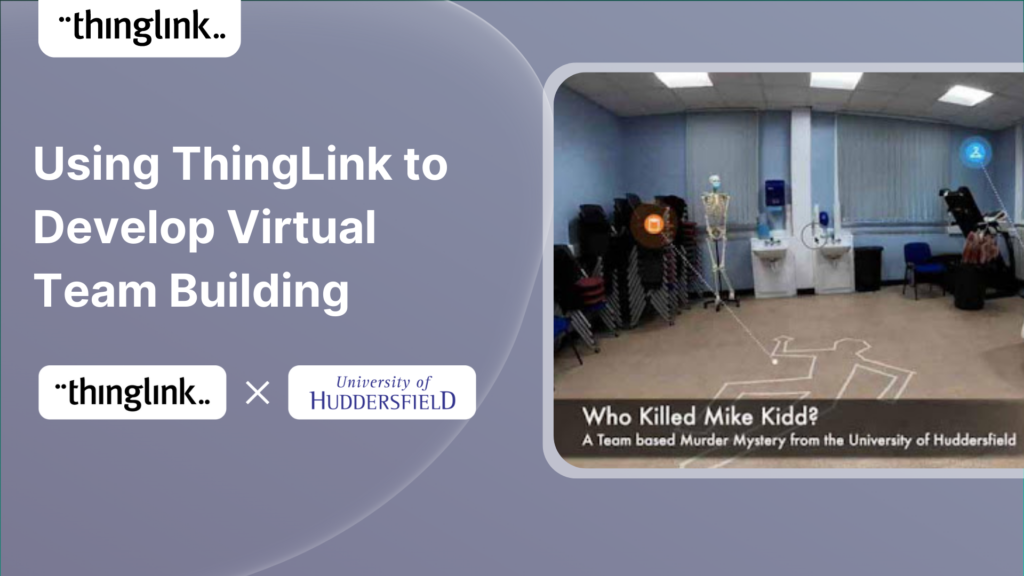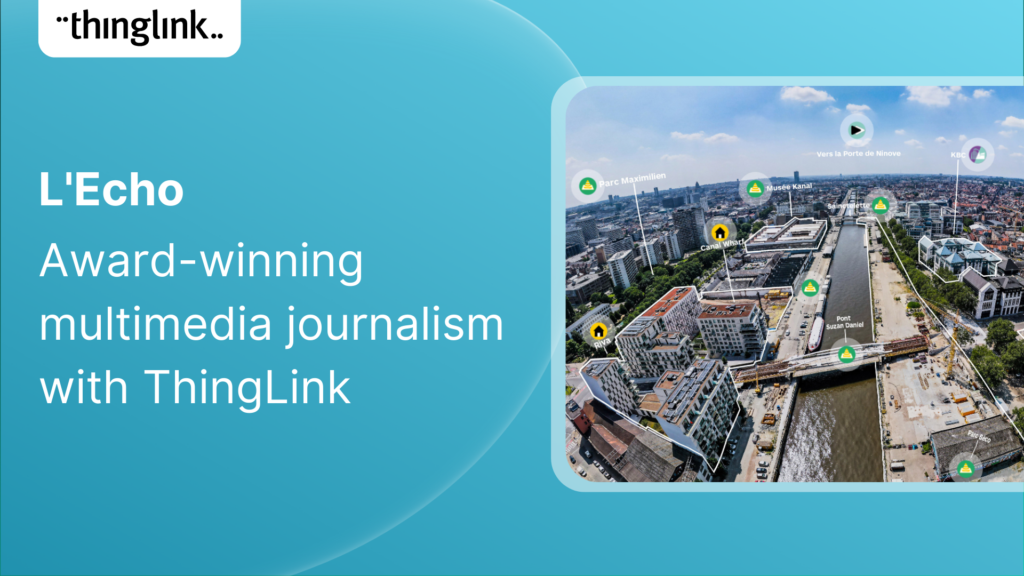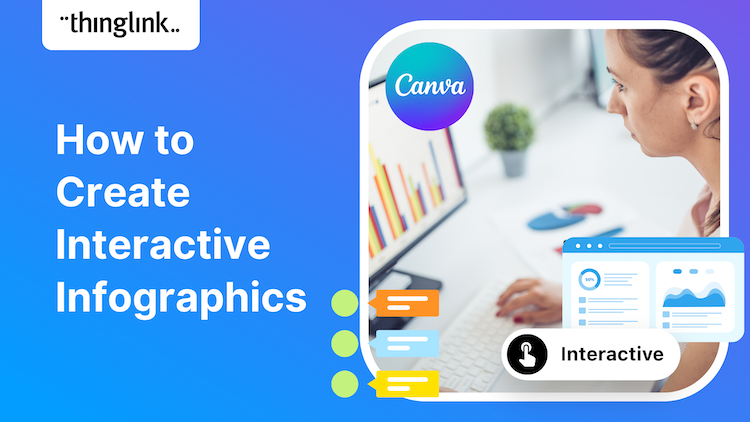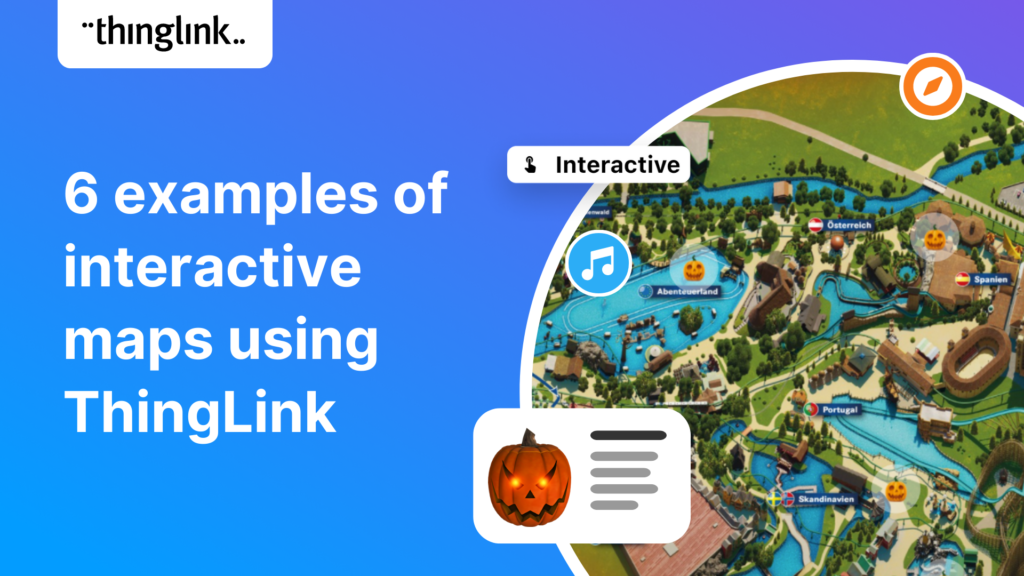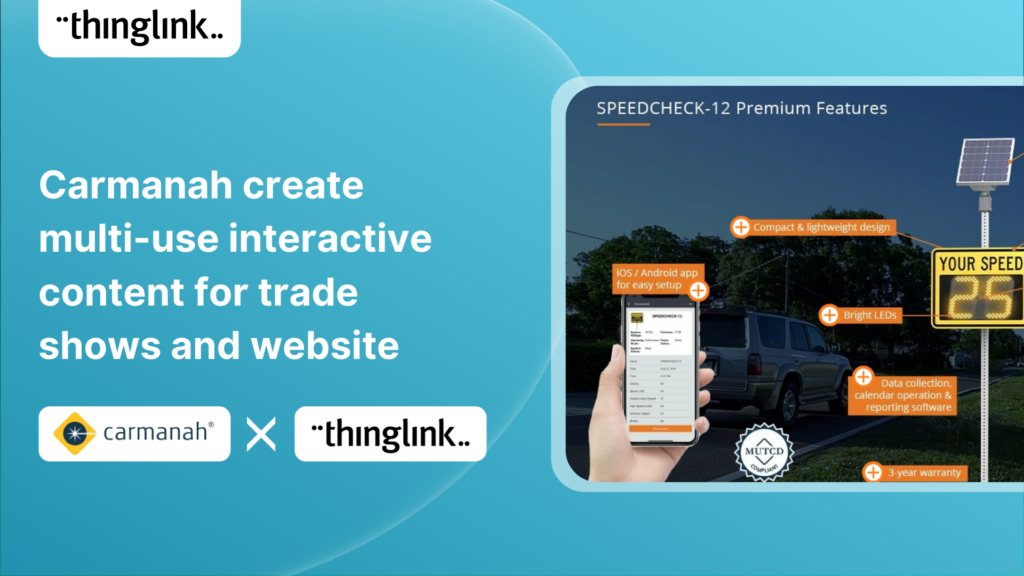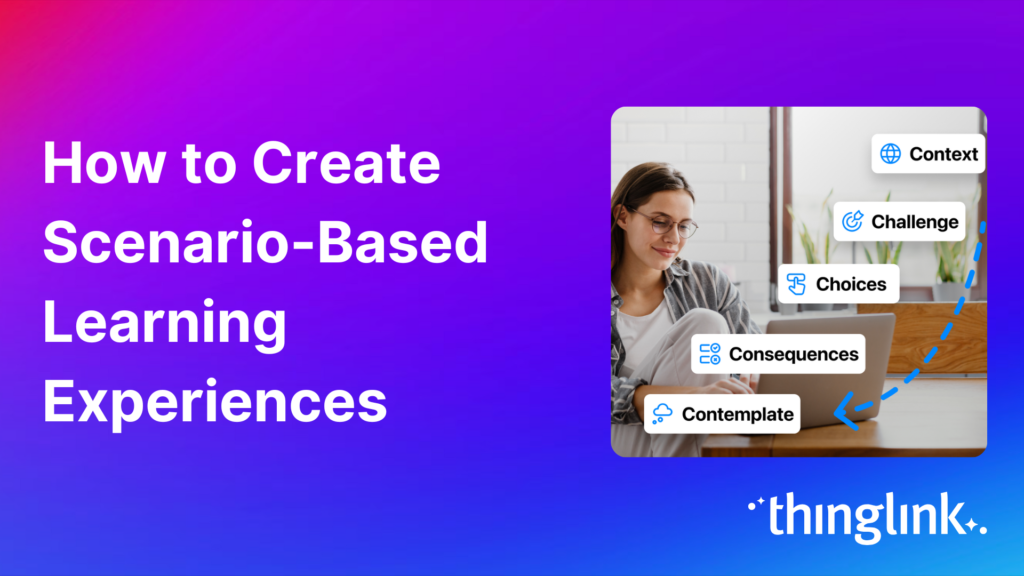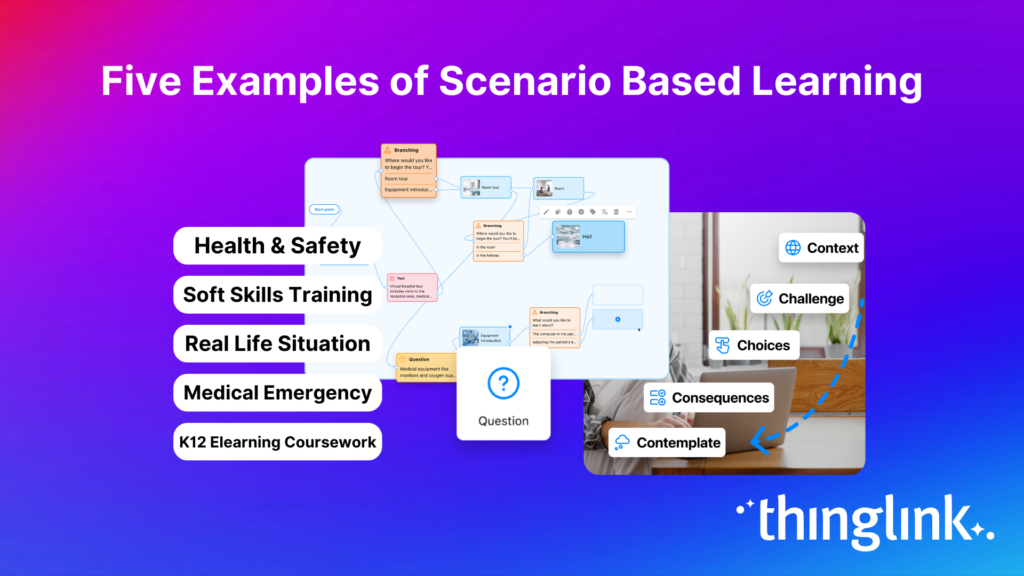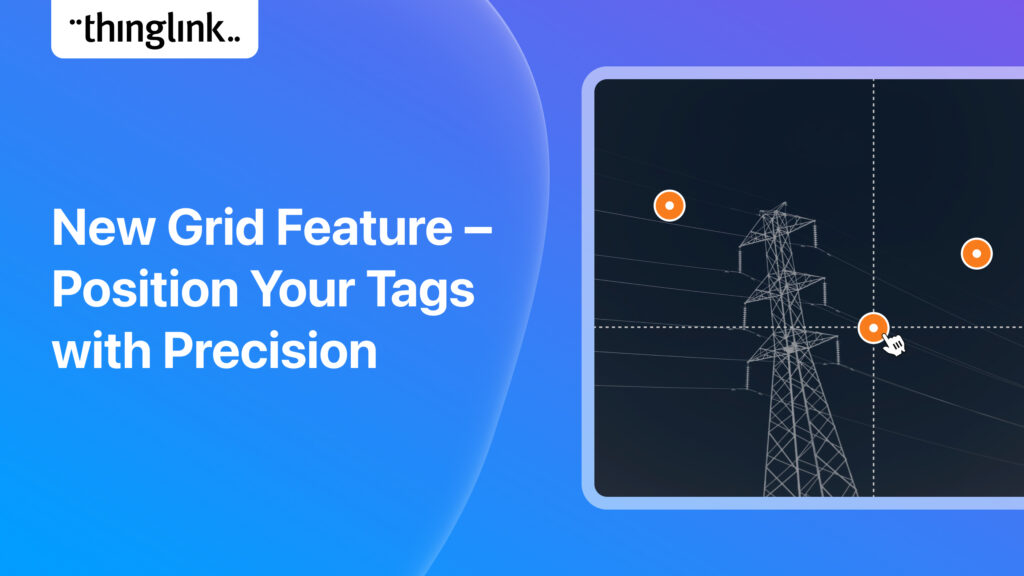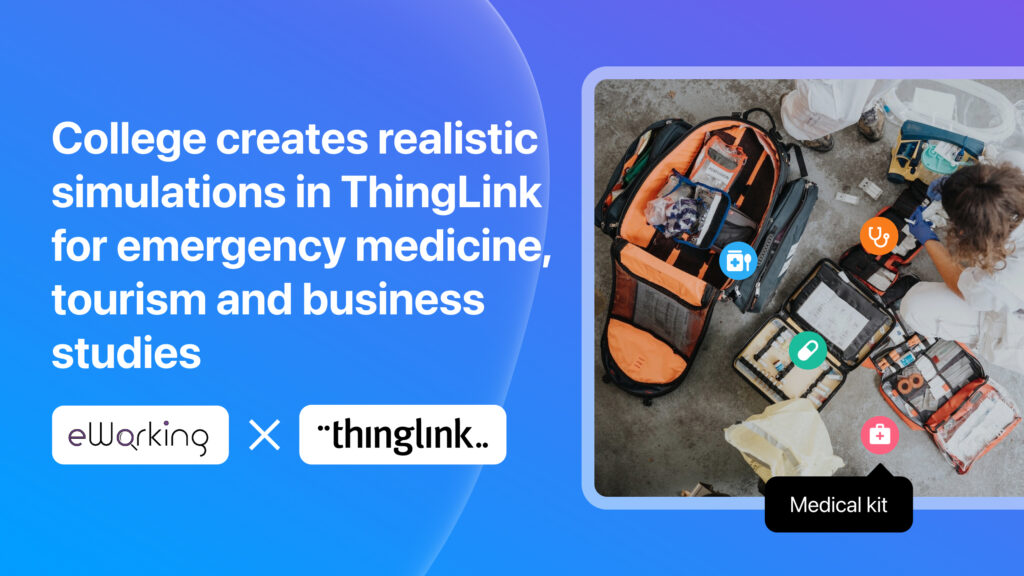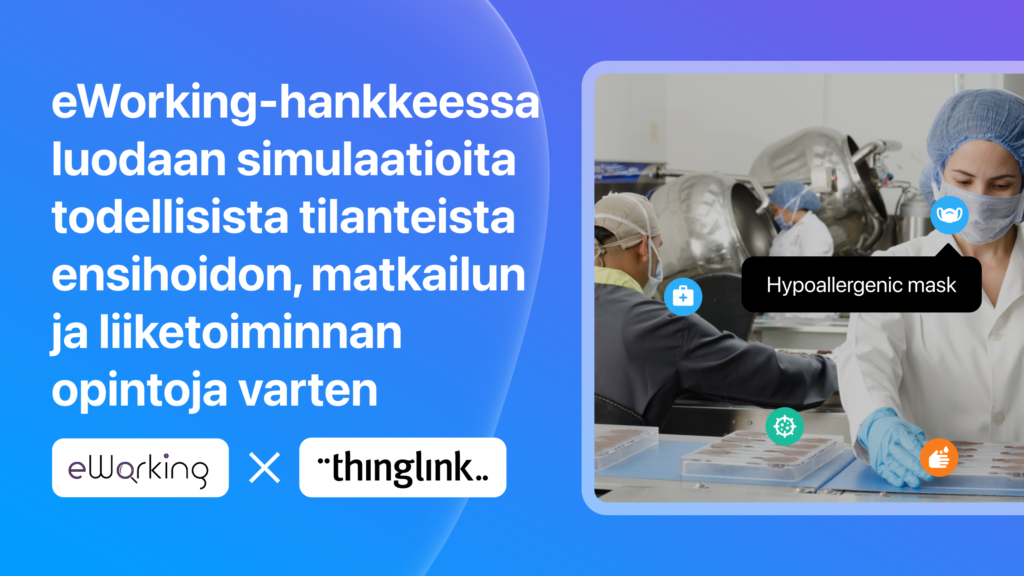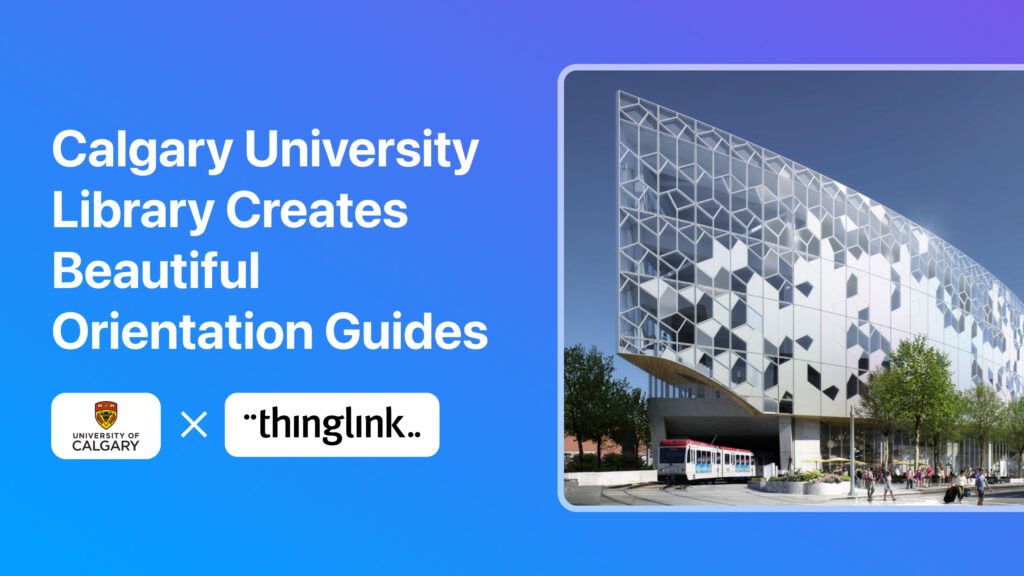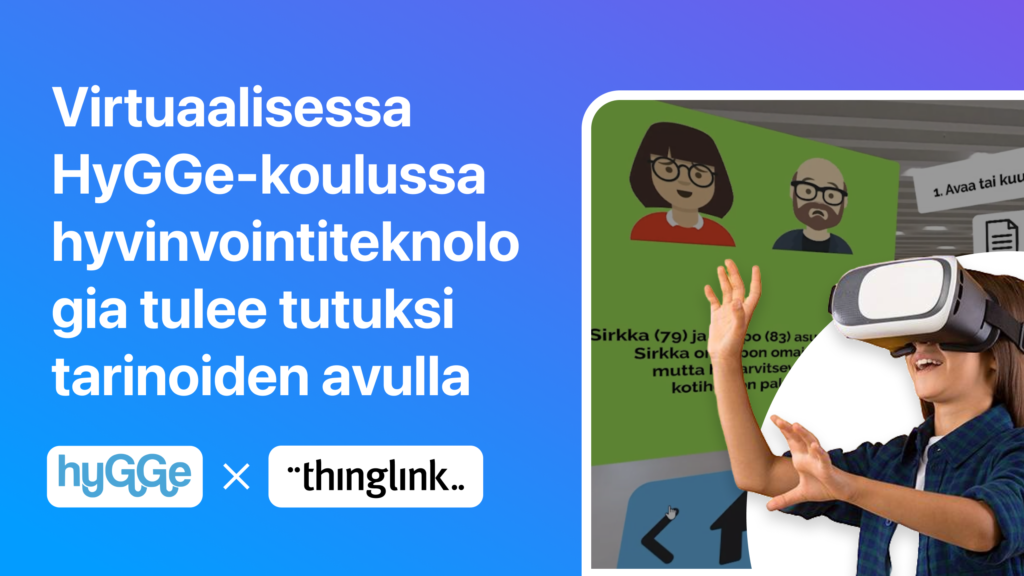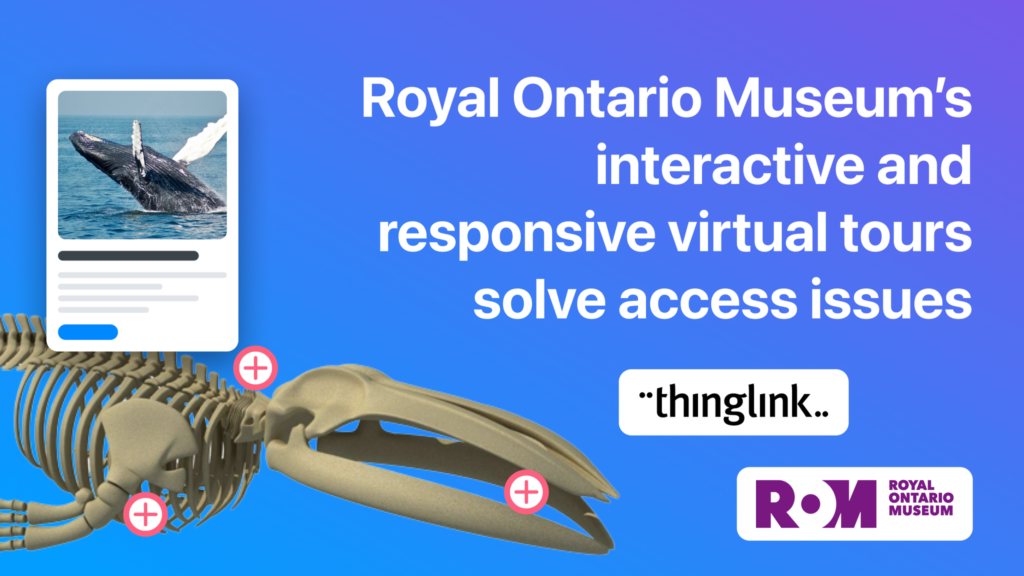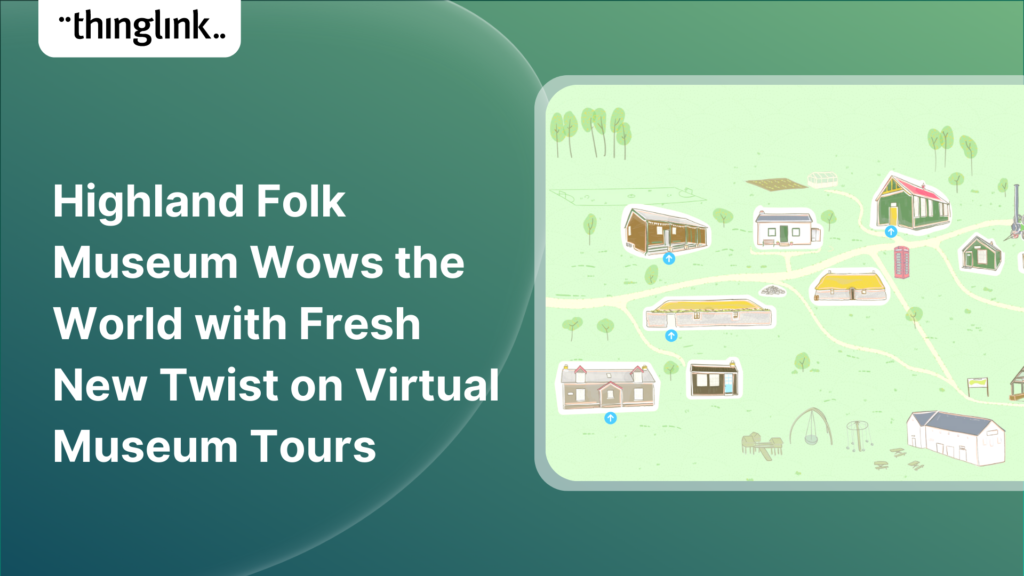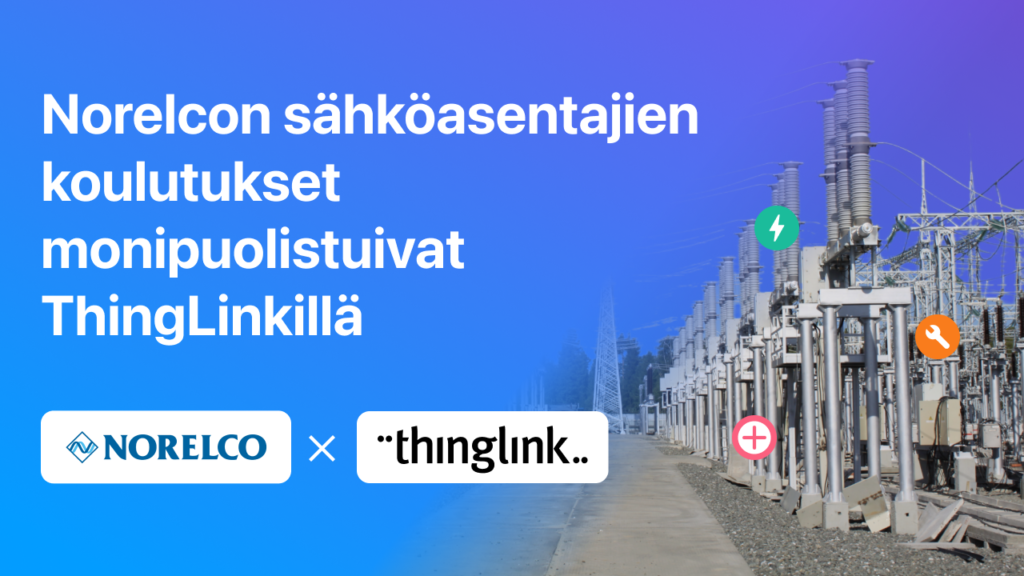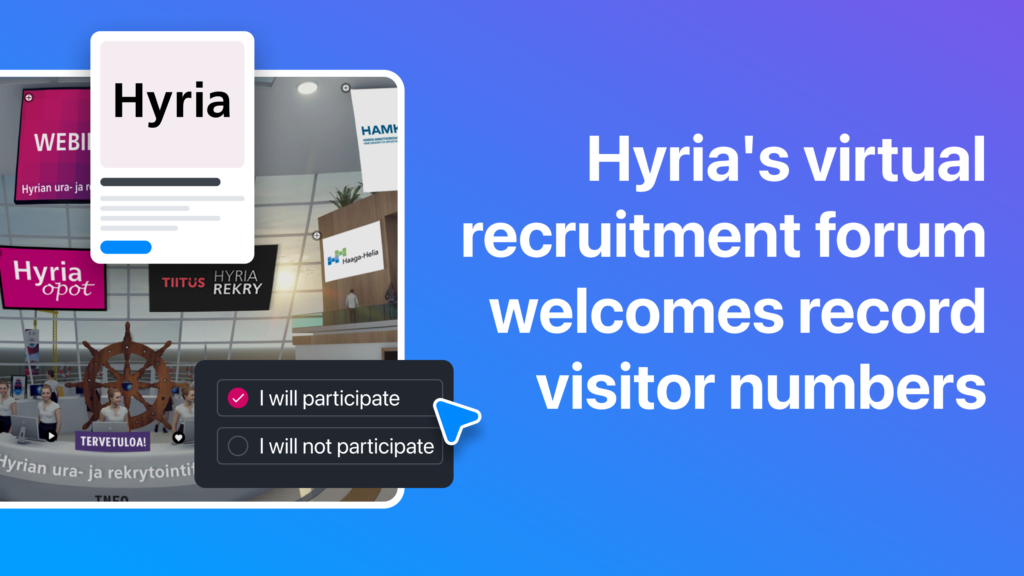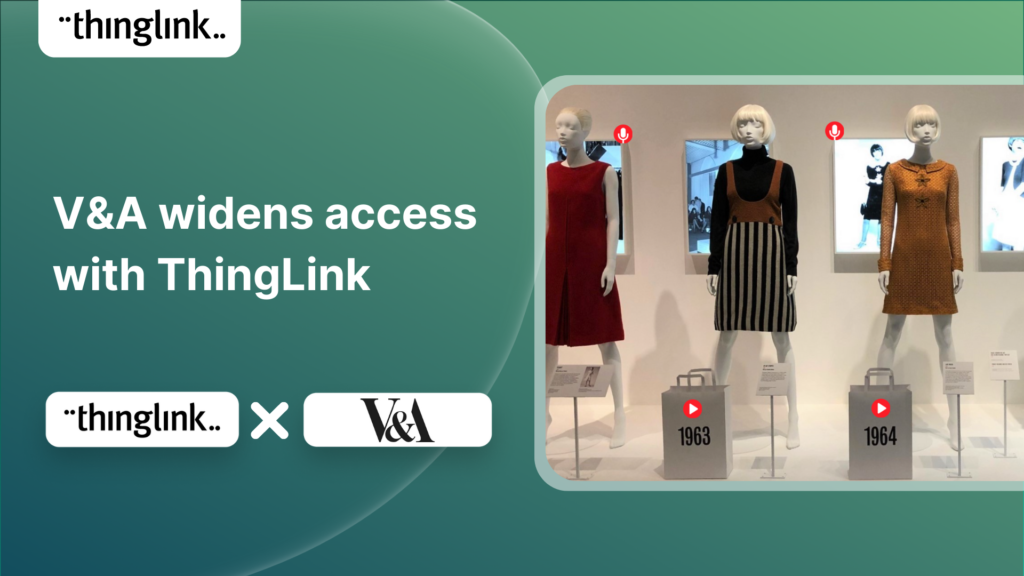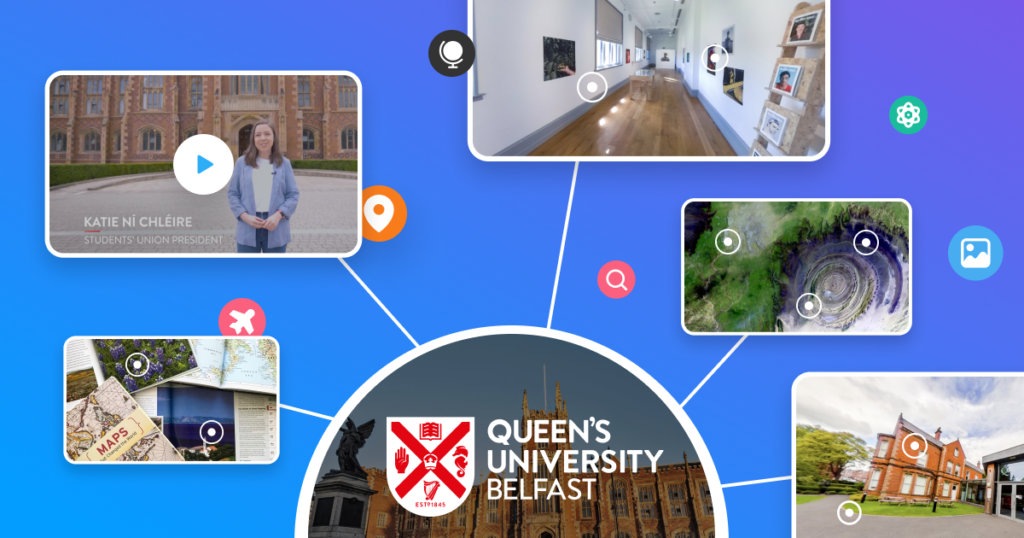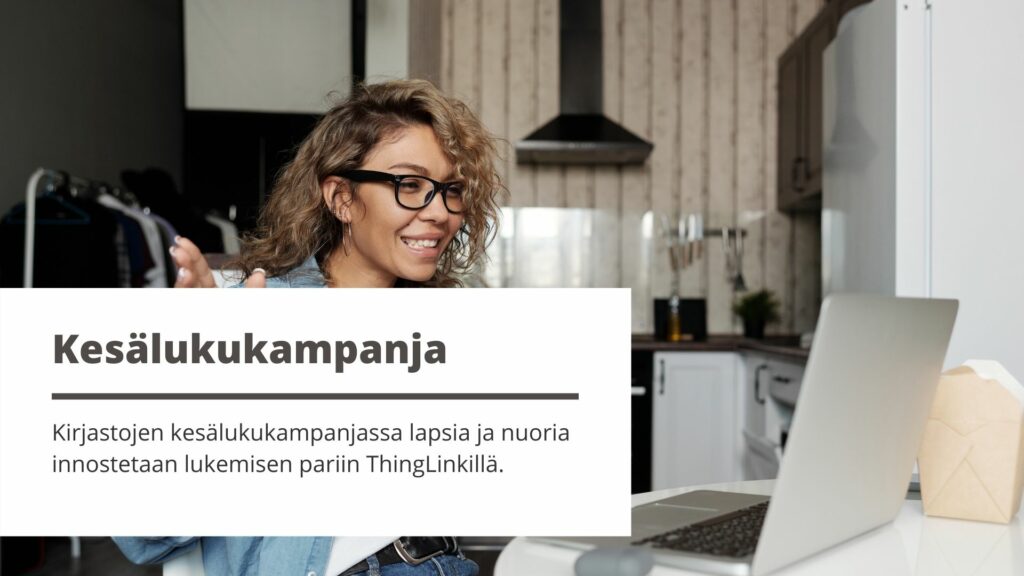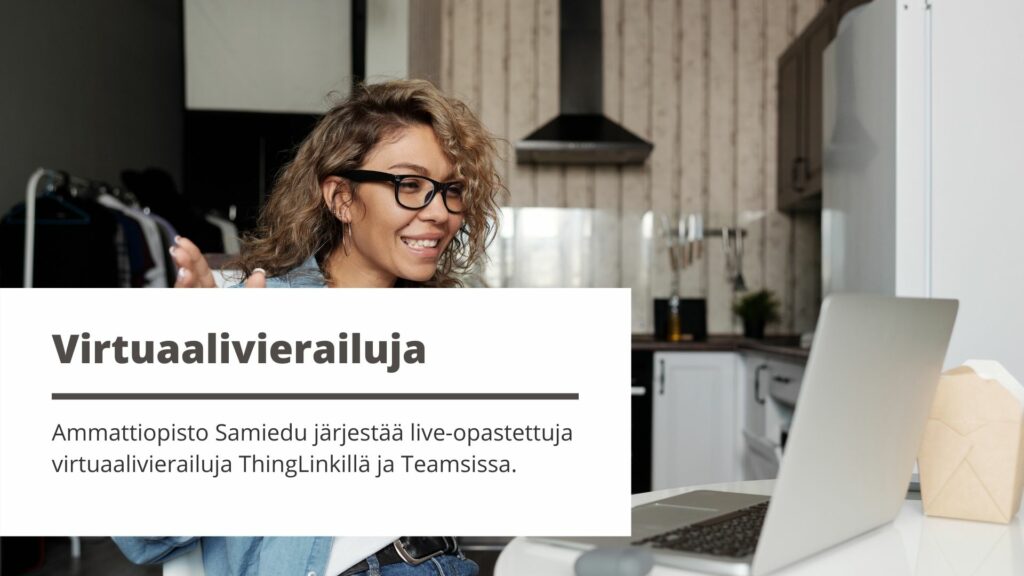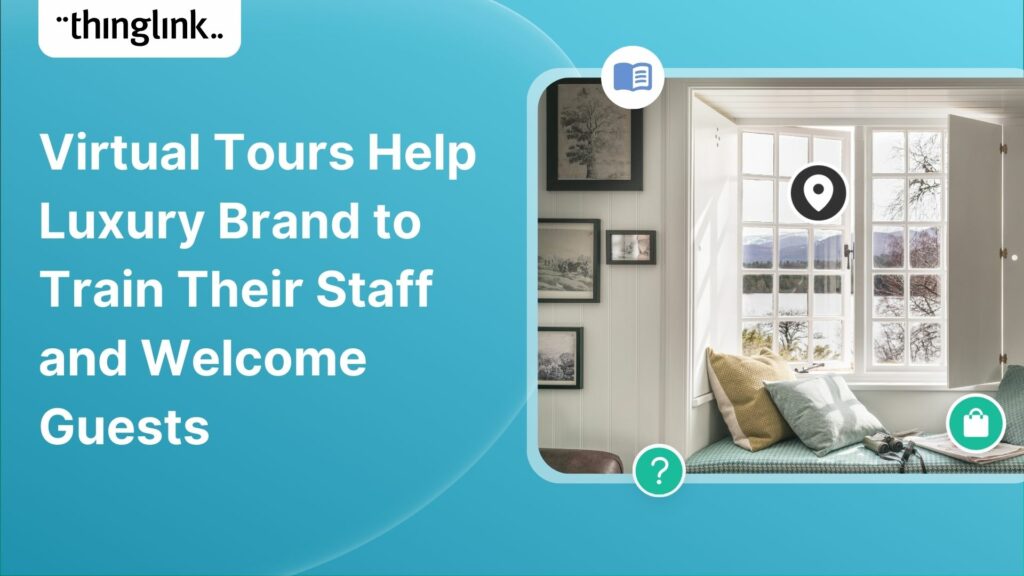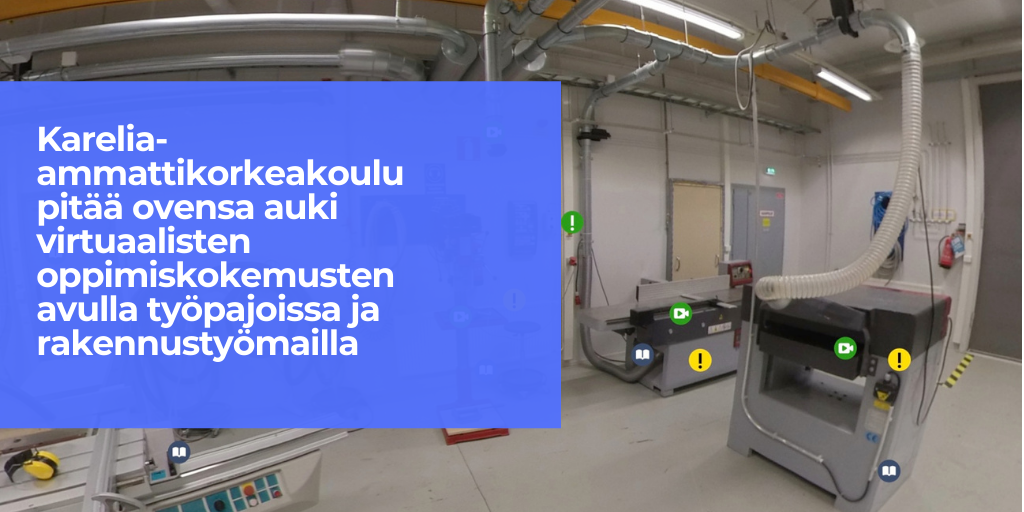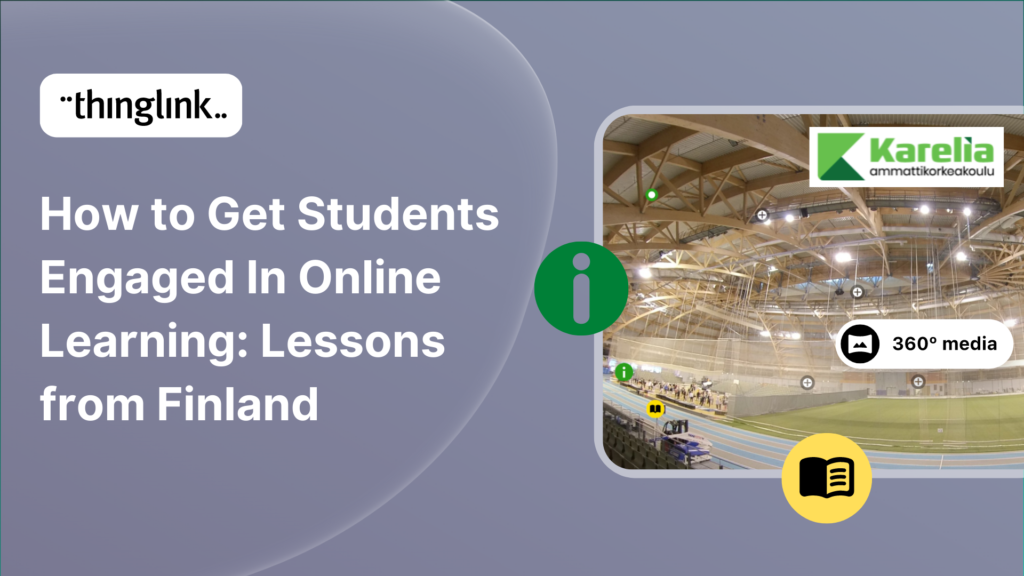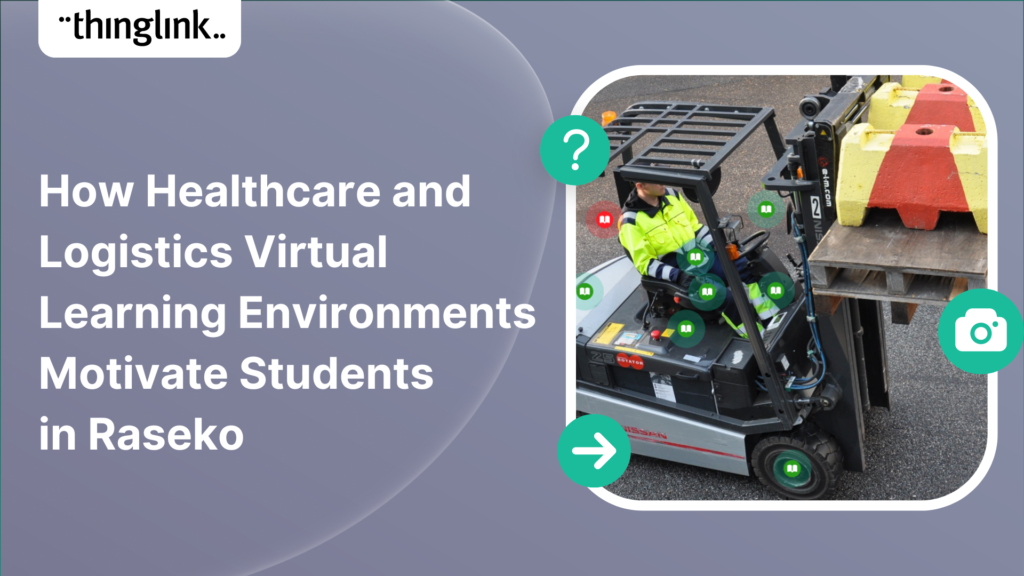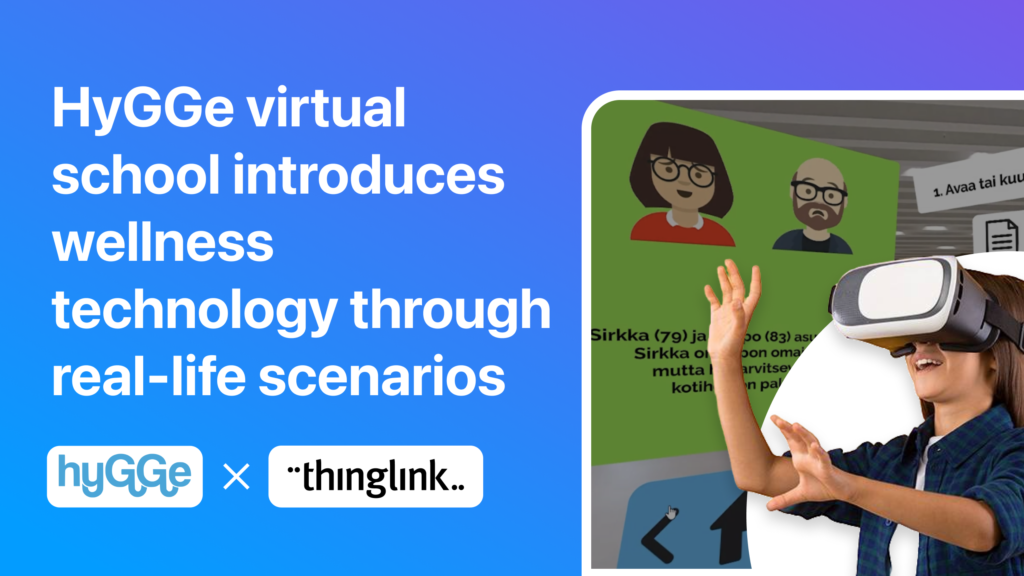
HyGGe Virtual School Introduces Wellness Technology Through Realistic Scenarios
In Finland, eight vocational educational institutions collaborated to create a diverse online learning environment – the HyGGe school – where users can practice using wellness technology in day care and home settings. The learning environment was created using a combination of several learning platforms. The materials include virtual visits to kindergartens and a care home – created with ThingLink. The learning experience is open for everyone and was awarded the WinNova Pedagogical Project of the Year award. HyGGe school has received positive feedback for its vocational education where its learning resources also help to develop the skills of professional healthcare workers.
Start creating your own interactive training content today!
To see how easy it is to create interactive training and learning materials with ThingLink, start your free trial today.
A virtual school open to everyone
The Finnish HyGGe School is a VLE (virtual learning environment) open to all, where learners can practice using wellness technology via elearning at their own pace. Wellness technology examples include a magnifying glass lamp to make reading easier or a night light with a motion sensor.
The HyGGe School is also used in social and health education and for professionals who want to update their skills. In the HyGGe School you learn how to support customers’ in their daily lives, including well-being and life management.
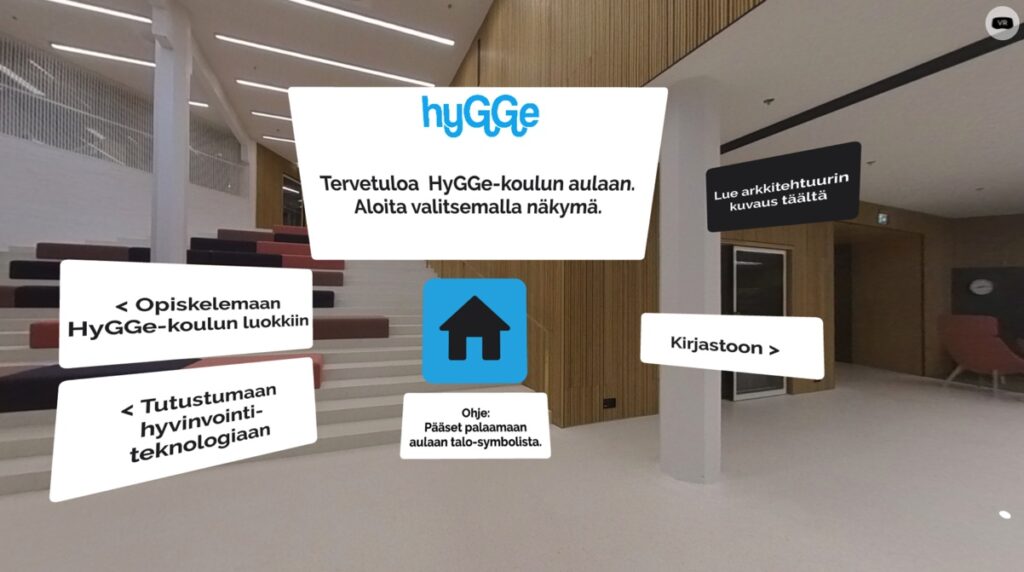
The web-based learning environment consists of learning paths, through which the user can try out various scenarios and roles. For example, being a babysitter in a kindergarten, or a nurse caring for newborns. Many of the learning environment modules also work with VR (virtual reality) glasses, enhancing the feeling of authenticity.
In addition to the learning paths, the materials have been compiled into a virtual HyGGe library by topic. In the library, teachers find individual assignments, customer stories and virtual environments quickly, and the library also serves as a shortcut for students to individual parts of the material which they can access on-demand.
A training platform co-created by 8 educational institutions
The HyGGe project was funded by the Finnish National Agency for Education and ran from November 2019 to March 2022. The learning materials have been produced by teachers from the following eight educational institutions.
- WinNova Länsirannikon Koulutus Oy
- Lounais-Hämeen koulutuskuntayhtymä LHKK
- Tampereen kaupunki / Tampereen seudun ammattiopisto Tredu
- Lounais-Suomen koulutuskuntayhtymä Novida
- Salon seudun koulutuskuntayhtymä SSKKY
- Turun kaupungin sivistystoimiala / ammatillinen koulutus
- Koulutuskuntayhtymä Tavastia
- Jyväskylän koulutuskuntayhtymä Gradia
Additional education professionals also participated in testing and commenting on the materials. The HyGGe Virtual School was built in close collaboration between the HyGGe network and 3DBear. 3DBear was responsible for the practical implementation of the HyGGe School based on the wishes of the HyGGe network – from poll design to practical implementation and visual appearance.
What needs does the HyGGe virtual learning environment meet?
The idea of HyGGe was triggered by the need to create learning materials that would meet the learning objectives of different parts of the current degree curricula and make wellness technology more approachable. Some of the virtual learning material had already been created in previous projects, but with HyGGe it was possible to create an extensive package which met the needs of the entire degree.
Teachers as content producers
The HyGGe project team met for the first time in February 2020, just before the COVID-19 pandemic forced them to move to distance learning. The project was originally driven by a desire to produce digital materials, but with the arrival of the pandemic, the project team realised that this desire had become an urgent need.
At the same time, the team decided that the teachers should be taught how to use 360 cameras – remotely. The equipment had already been procured for the schools so that the teachers could photograph the educational institutions and other facilities. A ThingLink lesson was then created for teachers to demonstrate the use of the 360 cameras and how to edit images and videos.
The lessons helped the teachers get off to a good start with filming and they were able to take 360 pictures of the school premises, kindergartens and clients’ homes. In total they photographed a smart home, a home for the elderly, a hospital operating room, two kindergartens and the institutions’ own facilities. The team members also used free templates, graphics, and map images.
New! How to easily create your own 360 images without a 360 camera
In response to the growing demand for a mobile-friendly solution to capture Photosphere images for 360 tours, ThingLink has launched an extraordinary solution.
This groundbreaking and free conversion service allows users to create virtual tours using 360-degree photosphere images, without the need for specialized equipment.
Pano to 360 By ThingLink
Available now, it’s free to all and opens up a world of possibilities.
Click here to view the accessible version of this interactive content
In the home care escape game, you can try out the everyday work of a practice nurse during a client visit. Try the game from the link above.
The ThingLink learning space
The 360 images serve as the foundation on which the ThingLink learning environment was built – including videos, info tags, and conditional transitions.
The HyGGE school is a clear learning package in which the materials produced by different educational institutions are intertwined. The ThingLink scenes have been embedded into the Wonda virtual environment. From the user’s point of view, transitions between the different platforms are seamless.
The project was a unique way for teachers to learn something new. For example, 360-footage, editing, and the creation of virtual worlds were a rewarding way to develop their digital skills. Now that the learning material is produced in-house, the teachers find it easy to use, edit and apply content.
The scenarios demonstrate the importance of customer needs
The strength of the HyGGe school is that the scenarios and contexts they demonstrate are particularly well-suited to the social and health care sectors. . The learning material also helps to update users’ technology skills in an easily accessible way.
Click here to view the accessible version of this interactive content
The HyGGe home care backpack contains a wealth of examples of how wellness technology makes customers’ daily lives easier. For example, the smart pill dispenser reminds the customers to take medication and the proactive cooker alarm warns them if the stove is left on. You can explore the backpack by pressing the “Aloita tästä” (‘Start Here’) button.
Scenario-based learning provides ideal environment to practice real-life skills
The scenarios work well in the early stages of study units when the students start exploring a new concept. Scenarios also help students apply knowledge when they have had the time to explore the materials beforehand. Students can also demonstrate their skills using the scenarios.
Read more: Scenario Based Learning in Virtual Environments
Because of the authenticity of the scenarios, learning materials can also be used in regular nursing practice. For example, nurses can use the materials to demonstrate to elderly customers how well-being technology can support their living at home.
Award-winning learning environment
In fact, the learning environment responds so well to the needs of the field that HyGGe was awarded the WinNova Pedagogical Project of the Year award.
Click here to view the accessible version of this interactive content
The Safety in Kindergarten section introduces users to supporting and guiding growth through materials and assignments. You can visit the kindergarten with the “Aloita tästä” (‘Start here’) button.
User experiences and further plans
The learning environment was piloted in the spring 2022 and the HyGGe project was completed at the end of March. Since then, the learning materials have been freely available to educational institutions and anyone interested in the subject. The team has already received positive feedback from colleagues, graduate nurses and social and health care managers. Graduate nurses, for example, say that HyGGe’s authentic customer stories are a meaningful way to get to know the daily life of nursing.
All you have to do is share one ThingLink link with your students. They will get all the information they need.
The WinNova HyGGe team
Ease of use of ThingLink for both creators and students
Producing learning materials with ThingLink felt easy. There was no need for ThingLink user training for teachers, as the platform was already in use in most schools. Teachers were also able to share tips on using the platform with each other, which was rewarding.
Also, students did not need to be taught how to use ThingLink, even if the platform was new to them. It was enough to ask the students to get acquainted with the materials and provide access to them. In teaching it crucial that there is easy access to the learning environment without logging in, so that students can immediately focus on learning and teachers focus on teaching.
Click here to view the accessible version of this interactive content
HyGGe toolkits include examples of primary care and home care technology. You can access the contents of the kits from the embedding above.
The benefits of an interactive multimedia platform like ThingLink
The main benefit of ThingLink is the ability to put a huge amount of different media on the platform and easily organise it into a visual, clear whole. 360 images and videos bring customers closer to everyday life; transitions allow entire worlds to be built, and tagged images, videos, links, embeddings, and informational text ensure that information can be added where needed. Learning materials can also be easily updated afterwards. In ThingLink, by sharing one link to the learning environment, you can ensure that the student will find all the necessary information there.
HyGGe: Plans for the Future
Distance learning material is especially important when students are unable to follow hands-on teaching due to illness, for example. To prepare for any future distance learning scenarios, the teachers of the WinNova Pori campus have already taken 360 pictures of the treatment classes, and the pictures will be tagged with exercises for students. The aim is to compile course content to demonstrate all the treatments. The learning environment also serves as a review opportunity for students. The HyGGe team also point out that creating a learning path with ThingLink is much more motivating for students than say video links, thanks to its feeling of authenticity. They are looking forward to building similar learning pathways for students in other fields.
Further reading on Virtual Training Environments
- Five great examples of online employee training materials in healthcare
- ThingLink Scenario Builder templates for effective training
- Hyria’s Virtual Recruitment Forum
Join our social media communities to see more inspiring examples in action!
Twitter / X ThingLink or ThingLink Education, LinkedIn Community and ThingLink Education Facebook Group.
Meet a product expert
If you’d like to learn more about what ThingLink can offer, you can schedule an online meeting with one of our product experts below.
Thanks to the HyGGe team members who helped provide the background for this case study, in particular from WinNova secondary vocational education college – Mirva Julkunen, HyGGe’s project manager, Eija Kallio and Jonna Vuorinen, nursing lecturers who teach the use of wellness technology.

